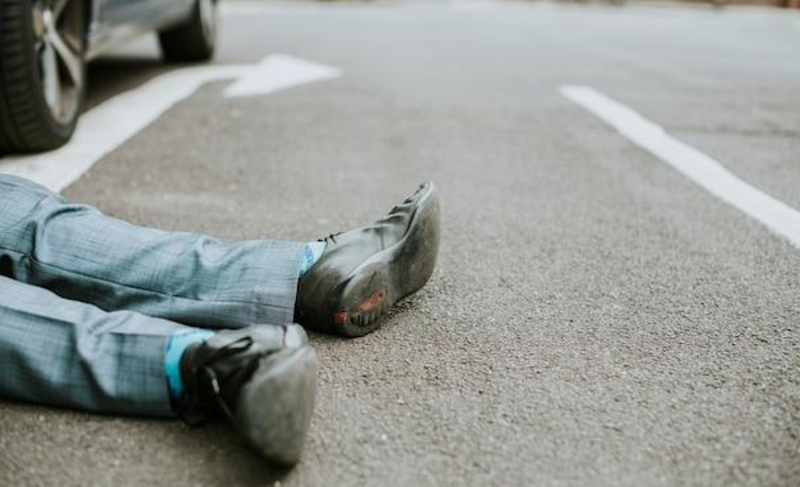Pedestrian accidents can be traumatic, leaving individuals with severe physical injuries, emotional distress, and financial hardships. The victim may be entitled to compensation for their burdens when involved in such an incident.
The ideal pedestrian accident settlement should reflect all the losses suffered due to the accident, ensuring victims are compensated fairly for their pain and suffering as well.
When seeking the best possible outcome, it is essential to hire a lawyer who will fight to win the case and account for every potential loss.
Securing a settlement is complex, and understanding what losses are included can help victims make informed decisions.

Table of Contents
Medical Expenses
Medical expenses are among the most critical components of any pedestrian accident settlement. These include immediate hospital bills and the long-term care required for recovery. Depending on the severity of the incident, pedestrians involved in accidents often face injuries that necessitate surgeries, physical therapy, or even lifelong care.
Settlements should cover the full extent of these medical costs, from emergency room visits to future medical treatments. This is important, as many accidents lead to conditions that require ongoing attention, which can significantly impact an individual’s financial stability.
If a victim’s injuries are expected to last, settlements should ensure future medical expenses are considered.
Lost Wages and Earning Potential
Due to their injuries, many pedestrian accident victims are unable to return to their jobs. This income loss can be disastrous, especially if the person is the main provider for their family. Lost wages refer to compensation for the income a person would have earned if the accident had not occurred.
In some cases, if the injuries are long-lasting or lead to permanent disability, the individual may also be entitled to compensation for losing future earning potential. This aspect of a settlement ensures that the victim’s financial stability is protected as they heal, allowing them to focus on healing rather than economic survival.
Pain and Suffering
Although pain and suffering are essential to just compensation, they are frequently more challenging to measure than medical expenses or lost income. This category covers the mental, emotional, and physical suffering that a pedestrian accident victim goes through as a result of their injuries.
Beyond the immediate physical harm, an accident can significantly influence the victim’s general quality of life. A person’s lifestyle can be drastically changed by chronic pain, anxiety, sadness, and a diminished capacity to engage in everyday activities.
Recognizing the emotional and psychological toll the tragedy has taken on the victim’s life; a comprehensive settlement should attempt to compensate for these intangible losses.
An Unsatisfying Life and Emotional Distress
The emotional impact of a pedestrian accident can have a profound effect on a person’s life. Victims may experience fear, anxiety, or trauma, leading to a diminished quality of life.
They might find it challenging to return to activities they once enjoyed or may develop long-term mental health conditions, such as PTSD. A fair settlement should reflect this emotional suffering by compensating for the distress caused by the accident.
The loss of enjoyment of life is a significant part of a settlement that addresses the psychological consequences of the injury.
Final Thoughts
The ideal pedestrian accident settlement provides fair compensation for all the losses experienced by the victim. From medical expenses to emotional distress, each aspect of the victim’s suffering should be considered when determining the settlement amount.
By understanding the full range of losses, victims can better recover from the accident’s impact on their lives. Legal experts can play a central role in navigating this complex process, advocating for a fair outcome, and ensuring that all tangible and intangible damages are included in the final settlement.
























